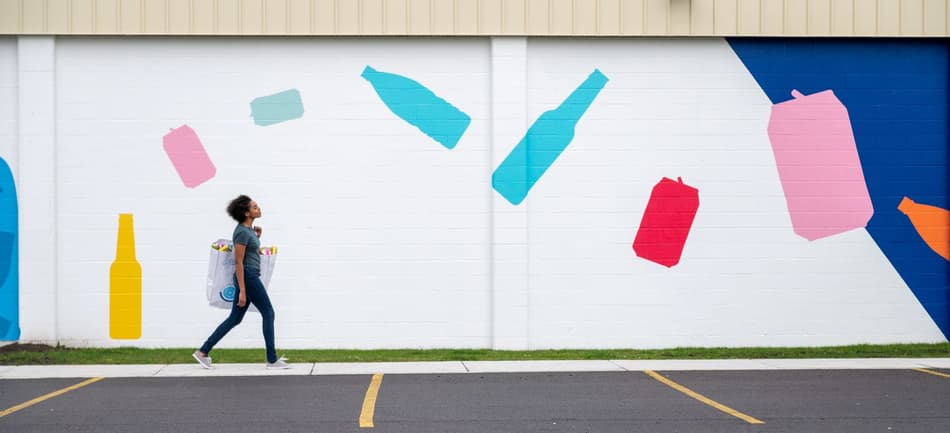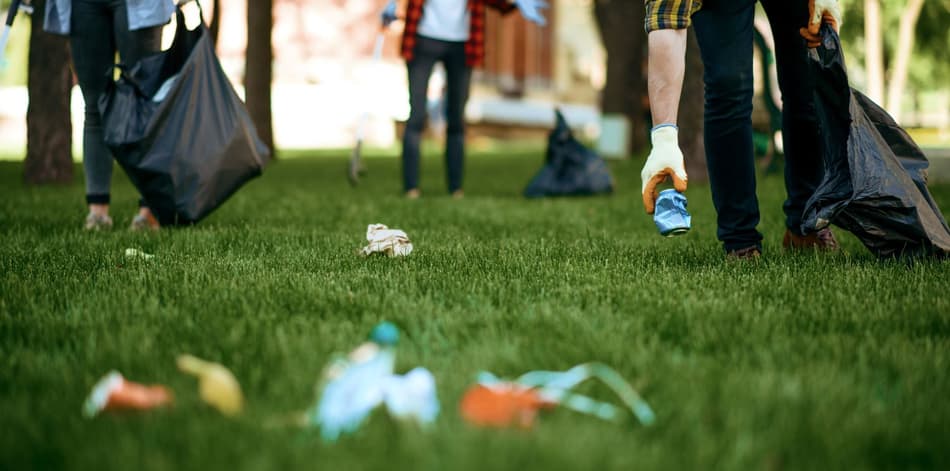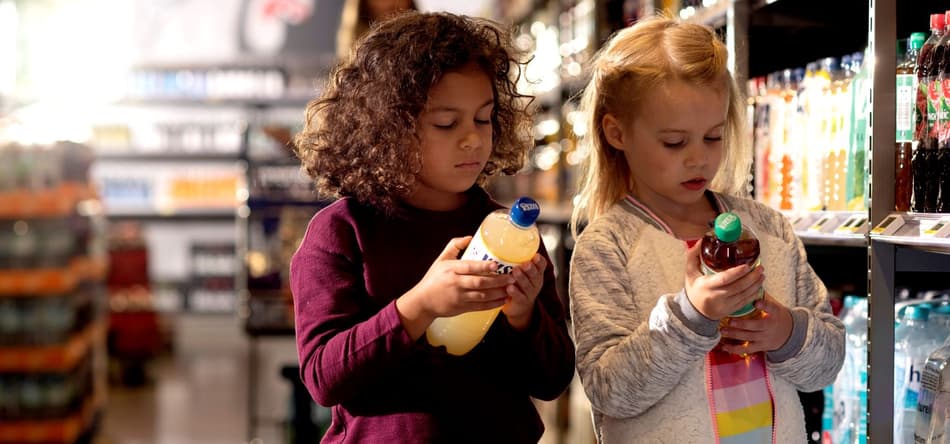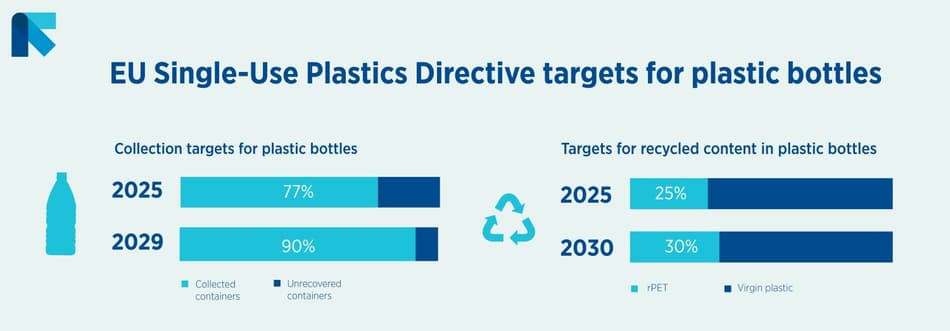From industry solution to municipal burden
However, this excitement was later tempered with the realization that the change brought its own set of challenges.
“It was all going swimmingly until it became apparent that these throwaway items created a waste stream that would put a burden on municipalities,” explained Wolfgang Ringel. “Suddenly they had to work out how on earth they were going to deal with this influx of drink containers, but municipalities didn’t have the capabilities." There was no way that government was going to allow the industry to put single-use products on the market without a way of capturing them back, so they had to come up with an answer.
And so began the evolution of multi-material, household curbside recycling. It would allow certain materials which had a value to be separated from waste, which municipalities could then sell and turn into a revenue generator.
Ontario was the first in the world to implement curbside collection, in a deal which saw the soft drink industry (through the Ontario Soft Drink Association) provide seed financing for the program, known as “blue box” collection. What started as a $1 million contribution rose to $41 million, distributed over 10 years (1986-1996), although taxpayers covered considerable remaining costs of $2.33 billion including landfill.
Curbside collection challenges
This coordinated effort from the value chain in establishing curbside recycling brought an array of initial benefits: an injection of cash, the establishment of infrastructure, and grants to help fund areas such as sorting equipment or even trucks.
However, the peaks-and-troughs pattern of solution, problem, solution, problem continued. Over time, many curbside recycling programs became government mandated, making them a legal requirement. Yet some municipalities found the arrangement wasn’t always paying off or proving cheaper than disposal – it could even be more expensive.
They were at the mercy of market problems like commodity prices dipping. In addition, they were also finding that their mixed waste streams morphed over time and became predominantly plastics – more than they could deal with.
The second wave: Combatting litter and waste
While this was ongoing, another part of Canada had also become a driver of major change and innovation.
In 1970, through the Litter Act (designed to reduce the burden of litter control), British Columbia marked a world first by introducing a mandatory refund system for beer and soft drink cans and bottles: the world’s first government legislated deposit return system. (This was later replaced in 1997 by the Beverage Container Stewardship Program Regulation, which is considered “best in class” thanks to its high collection rates and recovery rates: 84.2% in 2013.)







